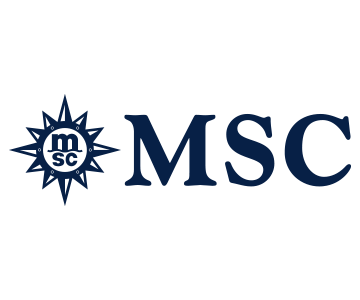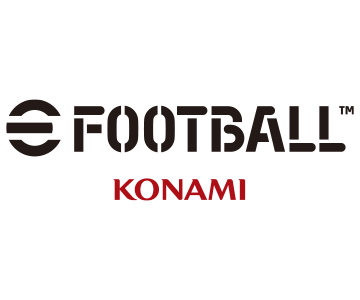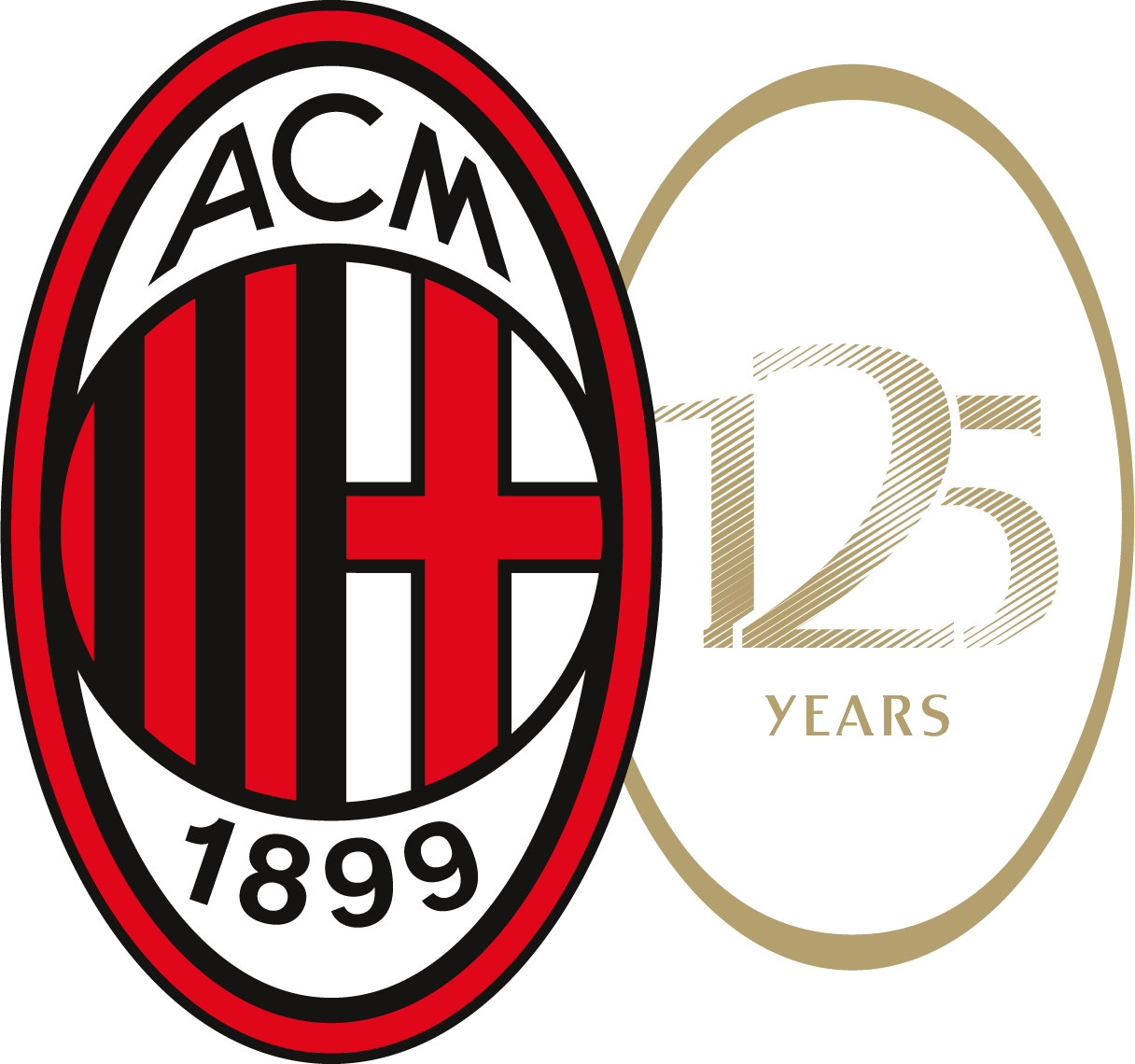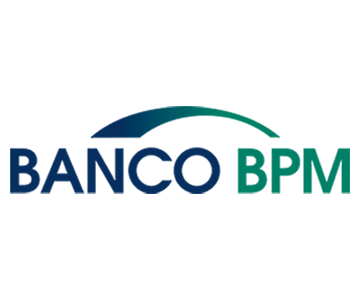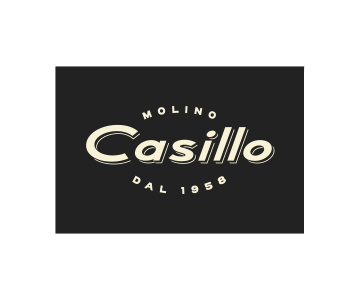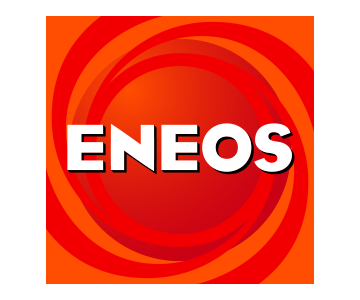AC MILAN ACADEMY IN ITALY
A methodological approach, technical centres and football schools
The MILAN Method stimulates and generates new questions, values, projects and plans. It doesn’t teach methods, but teaches how to research and critically discuss them, apply them everywhere and then translate them into operational methods.
One of the crucial criteria, “how to carry out training”, and an updated methodology both aim to generate a good capacity for human and educational relations.
The primary aim is first and foremost to promote the general wellbeing of the young athlete and at the same time to enhance their technical, tactical, physical and social skills that are typical of the sport.
Developing the child as a whole through the practice of sport also requires the ability to analyse and plan action that takes into account all the factors at play in the context of the Football School, in close connection with its territory.
Every young athlete is part of an emotional and interpersonal network that cannot be ignored, and which constitutes an embedded part of their personality.
Recognising this is the first step towards developing the person as a whole through the practice of sport and the strengthening of their technical skills. It therefore becomes necessary to identify the needs, motivation, stages and learning principles that characterise the entire educational process, as well as the context in which the technical action takes place.
The success of a technical exercise depends on the overall experience that the young person has in a given situation, i.e. the relationship between the young athlete and the practical action.
The main educational means used is the game in its playful form, because it allows us to pursue several aims: a game doesn’t have one single interpretation, depending on the characteristics of how it’s conducted the final goal or outcome may vary. The game as an educational tool develops:
- The movement and technical aspects via its intuitive components, its decision-making and coordinative factors.
- The cognitive aspect by increasing the capacity of observation, analysis and interpretation of the game’s challenges.
- The interpersonal aspect via encounters with others and social learning














